Brush-footed Butterflies
This photo album comprises three galleries of Brush-footed butterflies (Nymphalidae) placed in the superfamily Papilionoidea part of Lepidoptera (Butterflies, Moths). The first features admirals and monarchs, the second satyrs, and the third Heliconians, emperors and true brush-foots. I photographed the displayed species in their natural habitat. See Taxonomy note at the end of this page.
Admirals and Monarchs
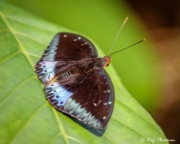
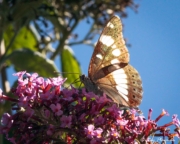
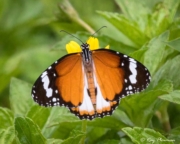
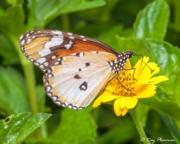
Satyrs
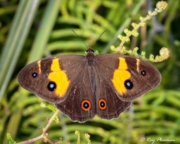
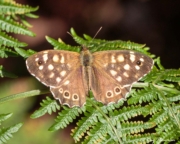
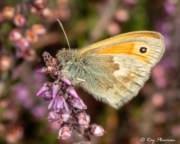
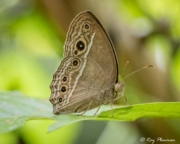
Heliconians, Emperors and True Brush-foots
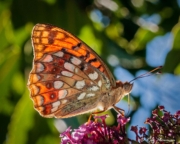
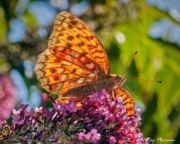
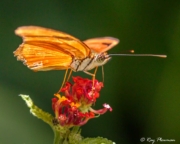
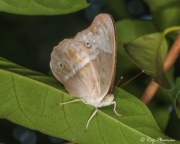
Brush-footed Butterfly Notes
The family contains a large, diverse group of small to large-sized butterflies. Some are brightly coloured while others are well camouflaged; many are orange or brown, but there are exceptions. These butterflies have rudimentary forelegs covered with long hairs that resemble bristle brushes. They walk on four legs instead of six like other butterflies and therefore sometimes known as four-footed butterflies. They inhabit almost all vegetated areas around the world. Although dimorphism is widespread, I have only identified the sex of three individual species displayed in the galleries.
Brush-foot Butterflies Taxonomy
The Insects Photo Album webpage describes the higher-level taxonomy for the featured brush-foot (Nymphalidae) butterfly family placed in Papilionoidea part of Lepidoptera (Butterflies and Moths).
The estimate for described butterfly species is between 17,000 to 19,000, and fossil records place them in the Cretaceous period. Brush-footed butterflies are a large group with around 6,000 species and are probably the second oldest family featured in the photo album.
There are eleven subfamilies, images of species from six features in the gallery:
(a) Limenitidinae (Admirals),
(b) Danainae (Monarchs),
(c) Satyrinae (Satyrs) includes Morphinae,
(d) Heliconiinae (Heliconians),
(e) Apaturinae (Emperors),
(f) Nymphalinae (True Brush-foots).

























![Yellow Admiral (Vanessa itea) [Australian admiral] feeding on flower nectar at Wilson Promontory in Victoria State Yellow Admiral (Vanessa itea) [Australian admiral] feeding on flower nectar at Wilson Promontory in Victoria State](https://rayplowman.co.uk/wp-content/uploads/cache/2021/02/Yellow-Admiral-_AU_5213dhgf/3126173566.jpg)